If you’re looking for a way to add some life to your home without having to deal with outdoor maintenance, indoor plants are a great option. But if you’ve never had indoor plants before, the prospect of choosing and caring for them can be a bit daunting.
Not to worry! In this blog post, we’ll give you a step-by-step guide to choosing and caring for indoor plants, so you can enjoy all the benefits without any of the stress.
I think that houseplants are one of the great unsung heroes of our time. They improve our air quality, they boost our moods, and they just make our homes feel more alive. I firmly believe that everyone should have at least one or two houseplants in their home! – Laura L. Wright
Looking to add some life to your home but not sure where to start? Indoor plants are a great way to do just that! But if you’ve never had plants before, the idea of taking care of them can be a bit daunting.
Not to worry! In this blog post, we’ll walk you through everything you need to know to get started with indoor plants. We’ll cover everything from choosing the right plant for your home to watering and fertilizing. By the end of this post, you will be an indoor plant expert!
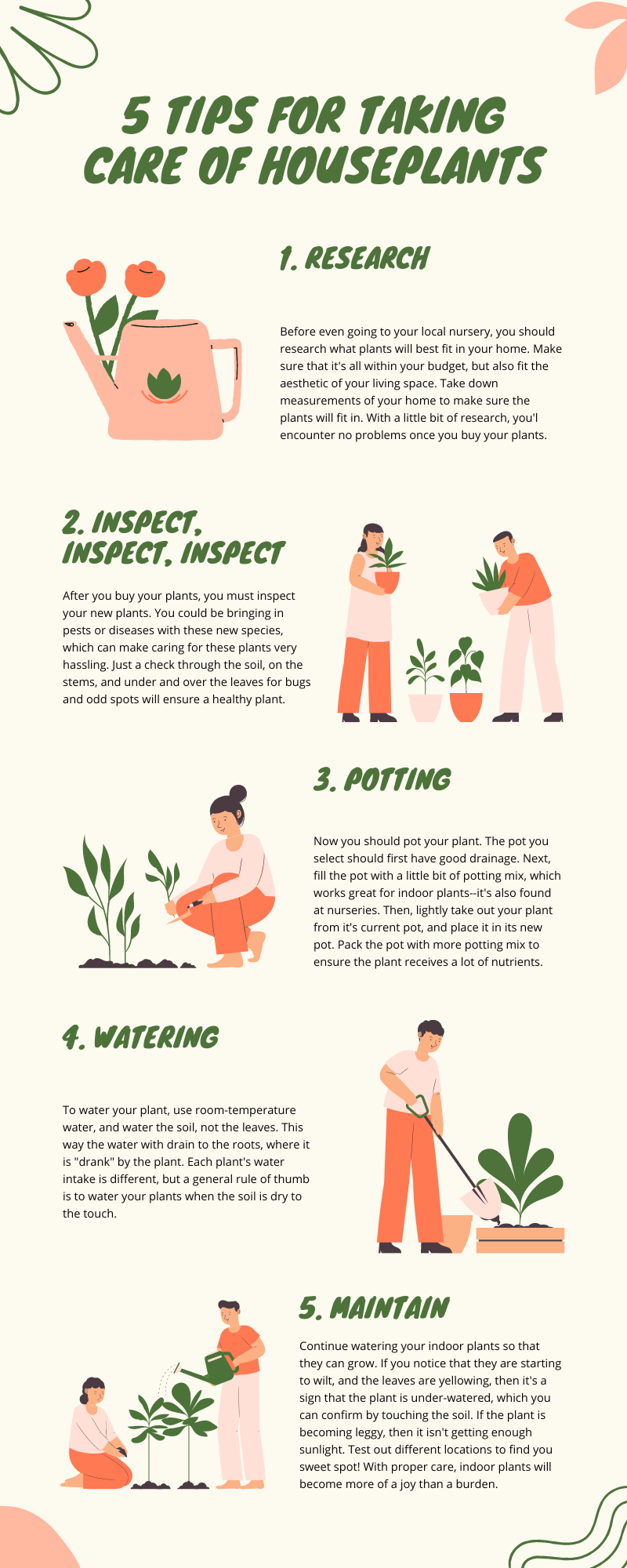
What To Do Before Buying Indoor Plants
Here’s a step-by-step guide to choosing indoor plants.
1. Start by evaluating your space. Consider how much natural light it gets, whether it’s direct or indirect, and the temperature. This will help you narrow down your options to plants that will thrive in your home.
2. Once you know what kind of conditions your space offers, you can start browsing different types of plants. Consider your personal style and the overall look you’re going for in your home.
3. Once you’ve found a few plants you like, do some research on each one to make sure they’re low-maintenance and easy to care for.
4. When you’re ready to buy, head to your local nursery or garden center. They can help you by answering any of your questions and recommending a few plants.
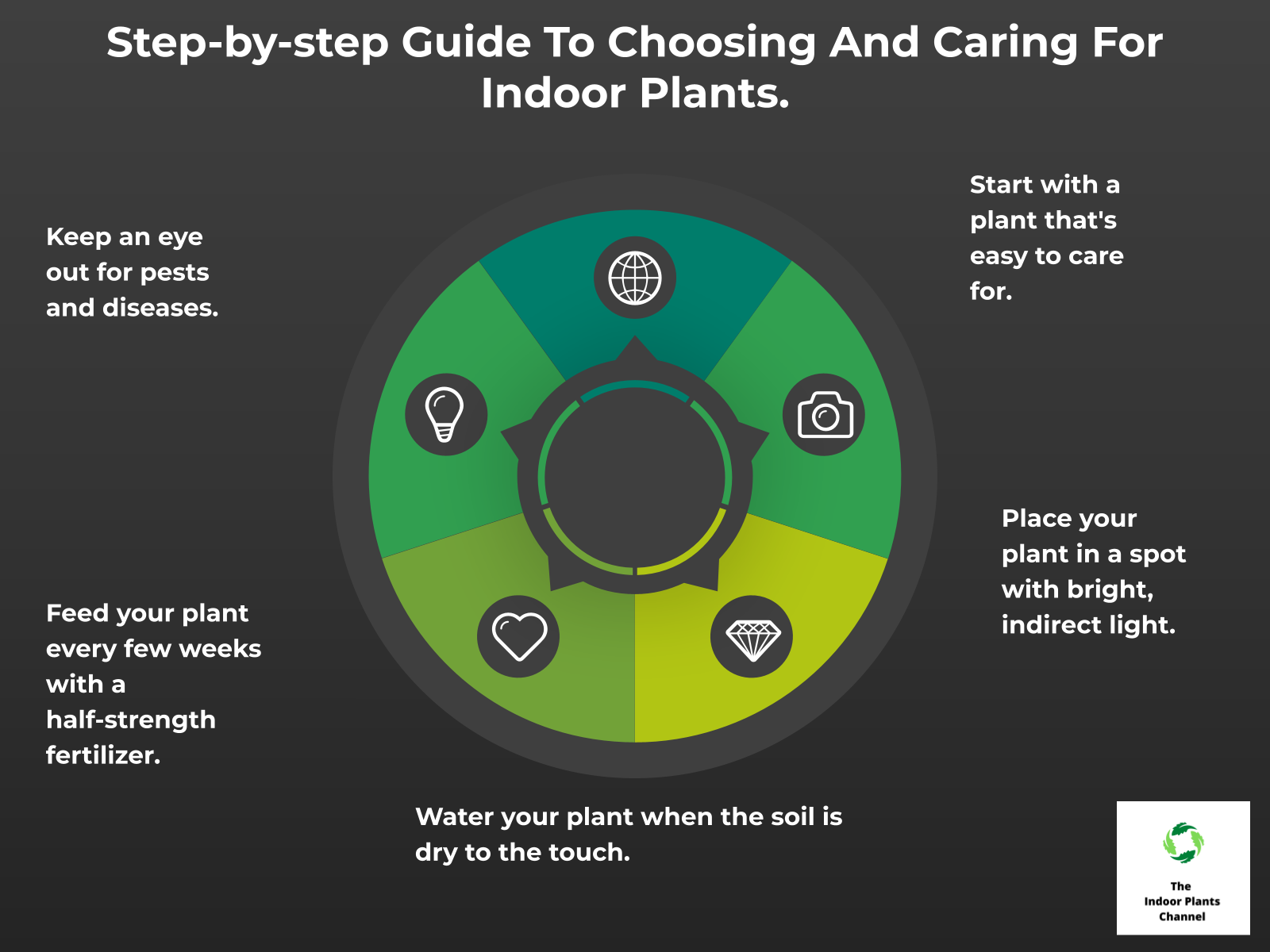
Actions To Take After Picking A Plant
Now that you have certain varieties in mind, you’ll need to maintain these plants.
Step One: Inspect, Inspect, Inspect
When you get your plants home, give them a thorough inspection. Check for any pests or diseases, and trim any damaged leaves. This way you aren’t bringing in any long-term problems that can wreak havoc on your plant life.
Step Two: Pot Your Plant
Once your plant looks clean, it’s time to pot it! Here’s what you’ll need to do:
1. Choose a pot that is appropriate for the size of your plant. The pot should have drainage holes in the bottom to allow excess water to escape.
2. Fill the pot with a quality potting mix. You can find potting mixes specifically designed for different types of plants at your local garden center.
3. Gently remove your plant from its current pot and loosen the roots.
4. Place the plant in the new pot and fill in around the roots with a potting mix.
5. Water your plant well and place it in an appropriate location.
That’s it! Now you know how to pot a plant.
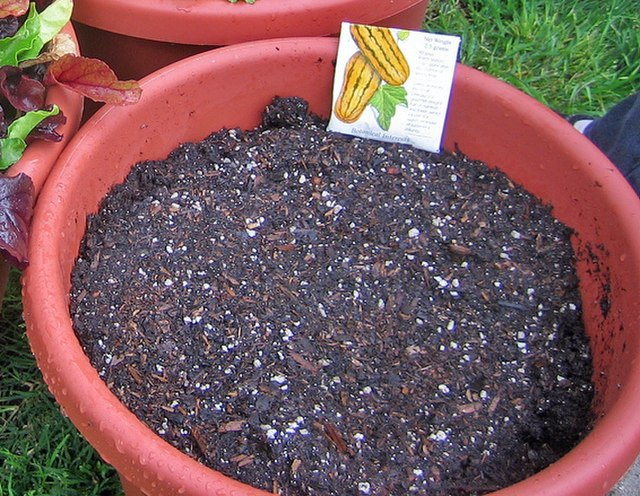
Step Three: Place Your Plant
It’s now time to choose the perfect spot for your potted plant in your home. Consider the following factors:
-Light: Most plants need sunlight to thrive, so pick a spot near a window where your plant can get some natural light. If you don’t have a lot of sunlight in your home, you might need to get a grow light to help your plant.
-Temperature: Some plants like it hot, while others prefer it cool. Check the care instructions that came with your plant to see what temperature it prefers.
-Humidity: Some plants like a lot of humidity, while others do not. Again, check the care instructions that came with your plant to see what level of humidity it prefers.
-Water: Some plants need to be watered frequently, while others only need to be watered every once in a while. Check the care instructions to see how often your plant needs to be watered.
Once you’ve considered all of these factors, choose the perfect spot for your plant and move to step four!
Step Four: Water Your Plant
Water your plant regularly, but do not overwater it. The best way to water your plant is to stick your finger in the soil to see if it is dry. If it is, water it until the water comes out of the bottom of the pot. If you water your plant and the water comes out of the bottom of the pot immediately, you are overwatering it.
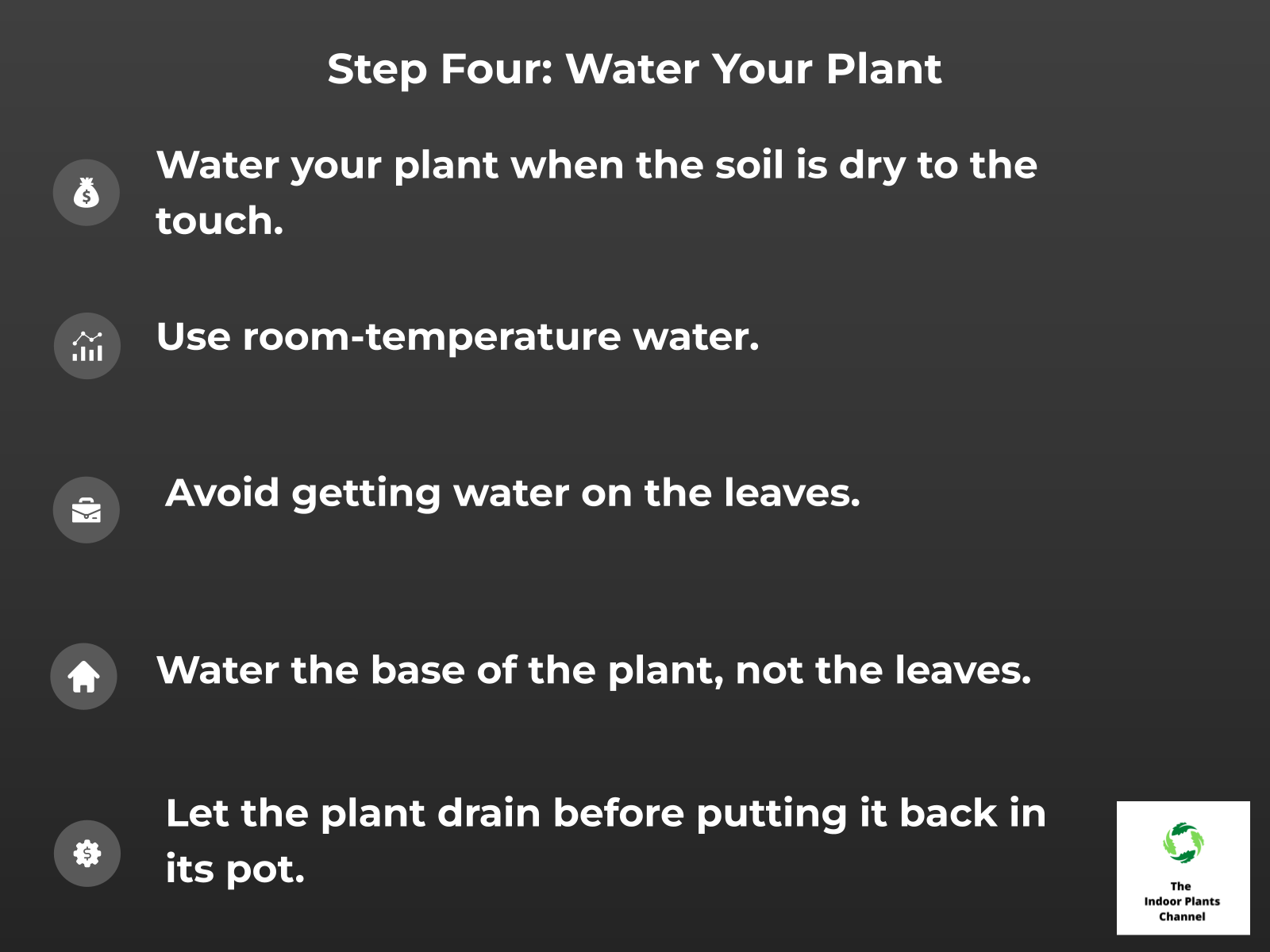
Step Five: Monitor Your Plant
In order to keep your indoor plants healthy, it is important to monitor them regularly. This means checking on them often to make sure they are getting the right amount of water, light, and nutrients.
If you notice that your plant is wilting, drooping, or turning yellow, this is a sign that it is not getting enough water. Make sure to water it thoroughly, and then check on it again in a few days to see if the problem has resolved itself.
If your plant is not getting enough light, it will start to stretch out and become leggy. Move it to a brighter location, and monitor it to make sure the problem does not persist.
If you notice that your plant is not growing as quickly as it should be, or if it is starting to lose its leaves, this could be a sign that it is not getting enough nutrients. Fertilize your plant according to the instructions on the fertilizer package, and monitor it to see if the problem improves.
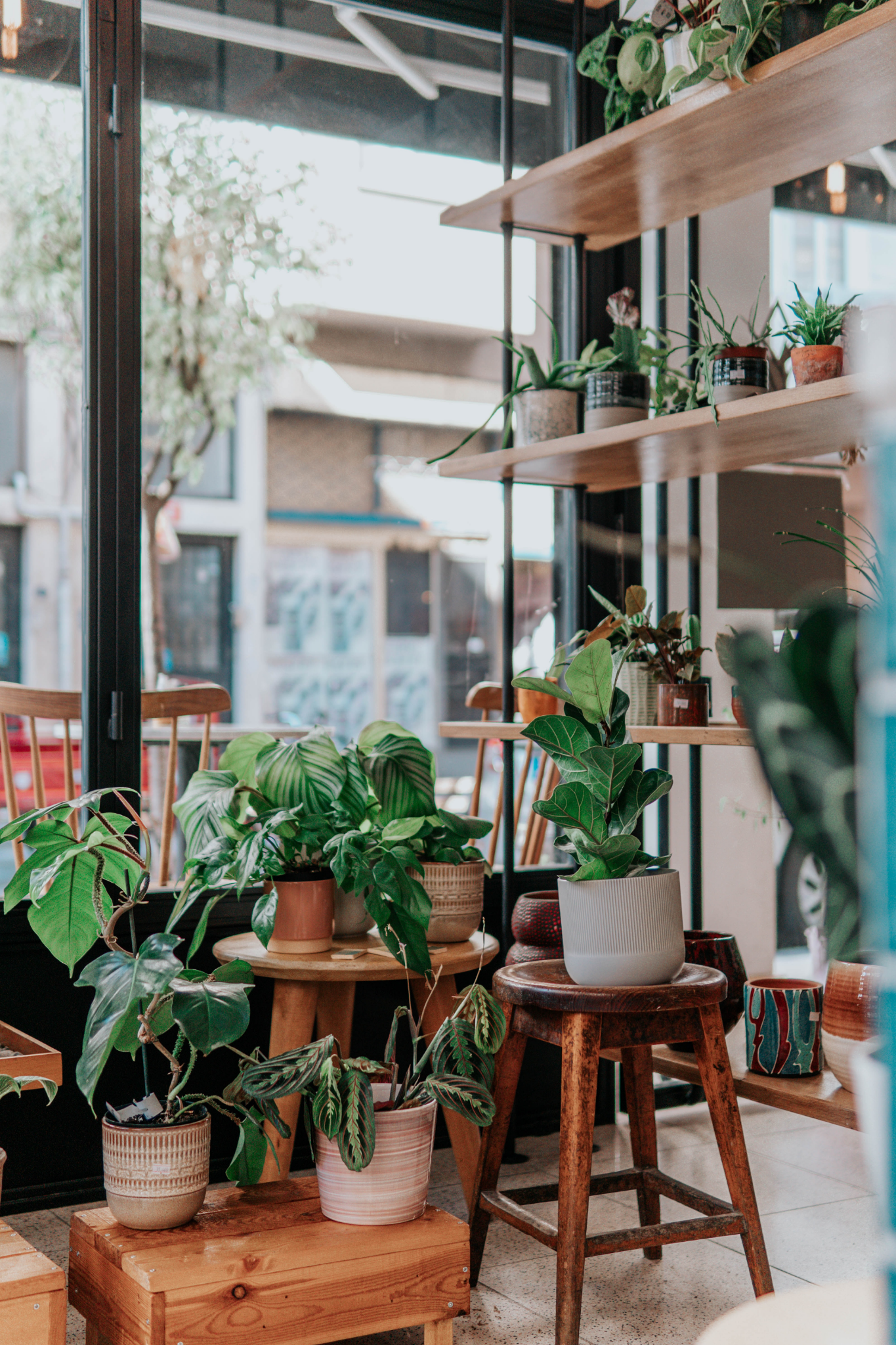
Indoor Plants Recommended To Improve Your Home
Now that you know how to choose and care for indoor plants, here are some great plants for beginners.
• Snake plants
• Spider plants
• Peace lilies
• Pothos
• Philodendrons
Indoor plants are great for purifying the air in your home or office. They can remove harmful toxins and pollutants from the air, and improve the quality of the air you breathe.
There are a few things to keep in mind when choosing plants for air purification. First, make sure the plant is non-toxic and safe for pets and children. Second, choose a plant that is suitable for the size and conditions of your space.
Here are some of the best air-purifying plants:
1. Aloe Vera
2. Bamboo Palm
3. Boston Fern
4. Chrysanthemum
5. Devil’s Ivy
6. Dracaena
7. Peace Lily
8. Snake Plant
9. Spider Plant
10. Weeping Fig
These plants are just a few of the many options available. With a little research, you can find the perfect plant for your home or office.
Quick Tips
- Start with a small plant that is easy to care for.
- Place your plant in a spot where it will get plenty of indirect sunlight.
- Water your plant regularly, but don’t overdo it.
- Be sure to fertilize your plant every few months.
- Keep an eye out for pests and diseases and take care of them promptly.
- With proper care, your indoor plant will thrive and bring you enjoyment for years to come!
According to a study published in the Journal of Experimental Psychology, indoor plants can boost your mood, increase your productivity, and improve your overall well-being.
Conclusion
Indoor plants are a great way to add a touch of nature to your home. They can purify the air, improve your mood, and boost your health. But before you can enjoy the benefits of indoor plants, you need to choose the right plants for your home and care for them properly.
Our step-by-step guide will help you select the best plants for your home and provide all the information you need to keep them healthy and thriving. So what are you waiting for? Get started on your indoor plant journey today!
Michelle Wilde
Related posts
3 Comments
Leave a Reply Cancel reply
![]()
About Michelle Wilde
Michelle Wilde is a stay-at-home mom and avid plant lover. Armed with a post-graduate degree in Computer Science (no kidding!), she loves researching plants and landscapes. When she is not caring for her 4 kids, she spends time on her passion for plants. She blogs at www.indoorplantschannel.com, the trusted source for indoor plants.
Learn more
Subscribe
* You will receive the latest posts and updates about indoor plants!
Search
Recent Posts
Categories
- Beginner Guides (10)
- FAQ (206)
- General (2)
- How-To Guides (212)
- Indoor Plants (214)
- Pest Management (2)
- Plant Problem Solutions (4)
- Seasonal Growing (2)
- Specialized Environments (2)
- Specific Plant Care (3)
- Technical Growing (2)
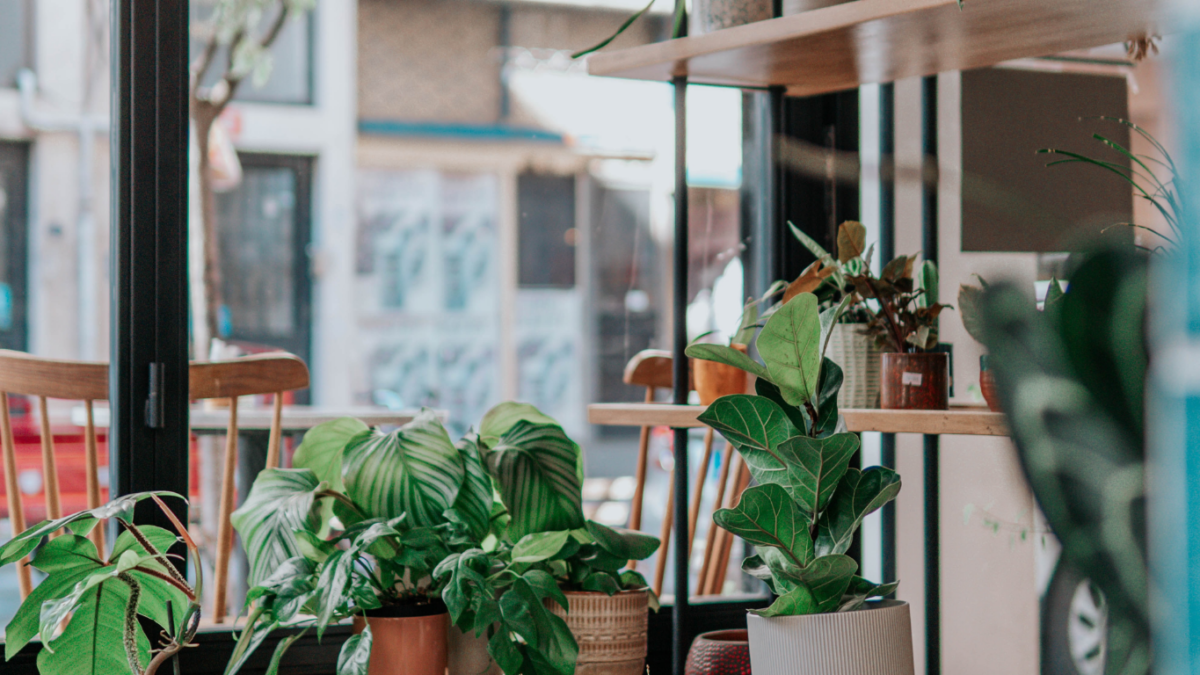
[…] houseplants are known to help purify the air and reduce carbon dioxide levels. Here are the top 10 plants that help purify the […]
[…] it comes to indoor plants, one of the most important things you need to consider is the type of soil you use. The wrong type […]
[…] back with a sharp pair of scissors. It doesn’t require special skills and you’ll see a step-by-step guide to use in this […]